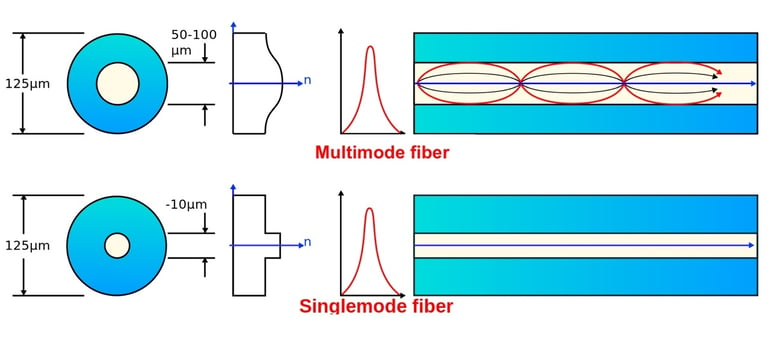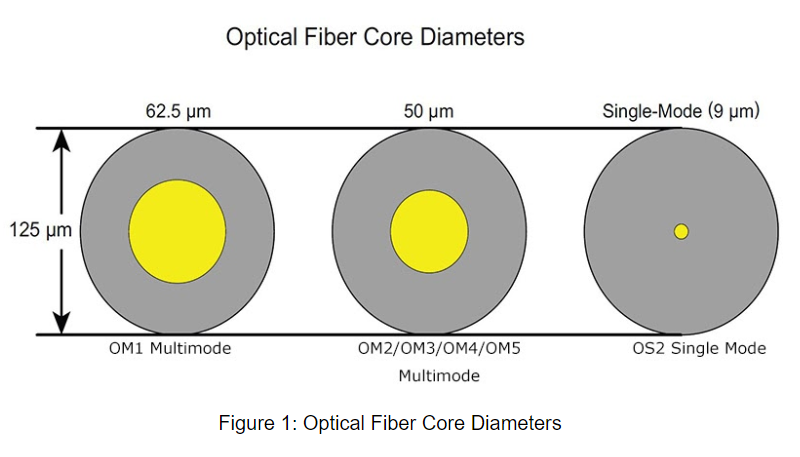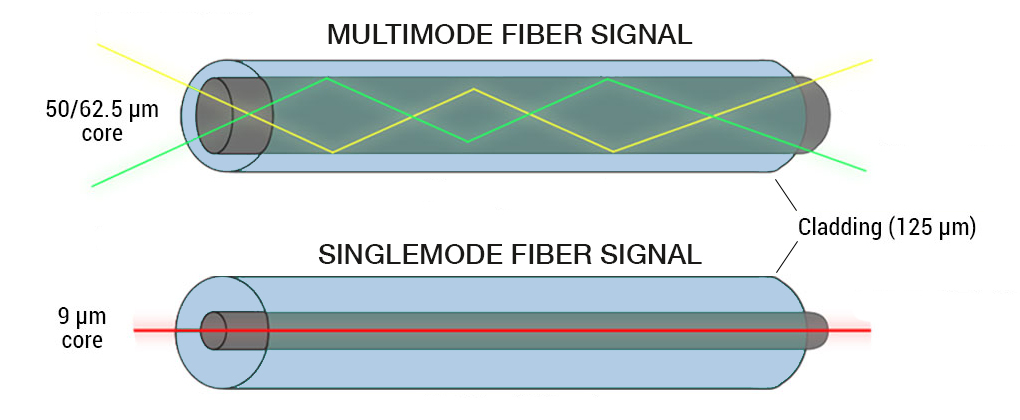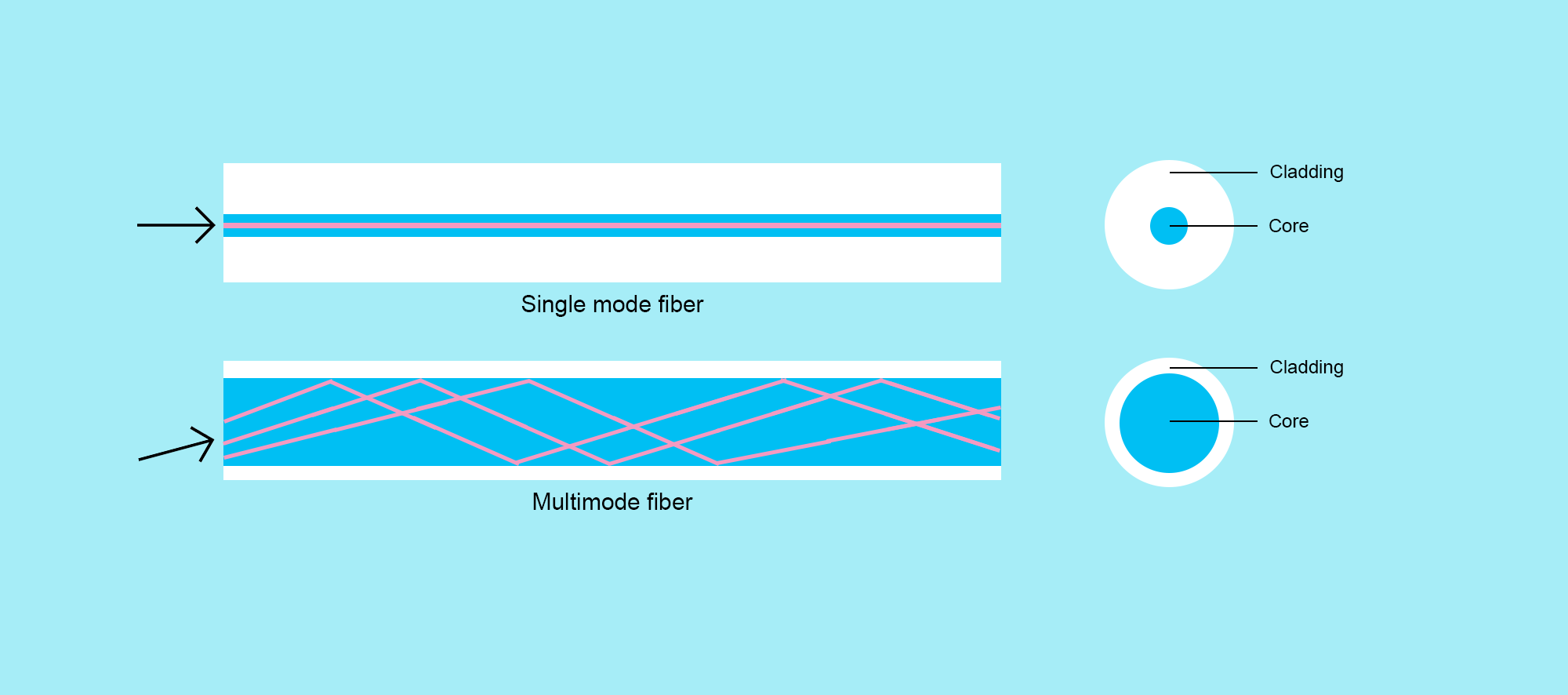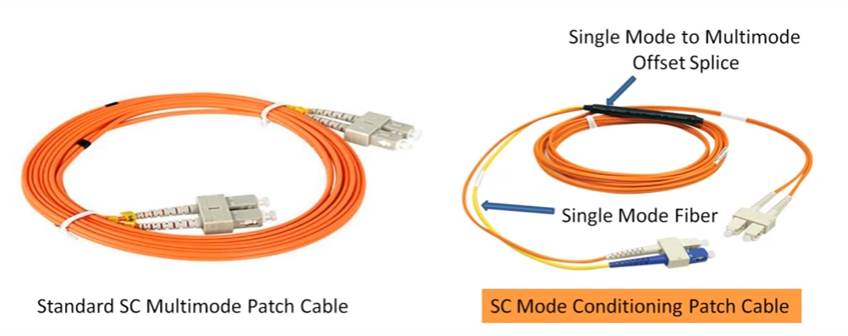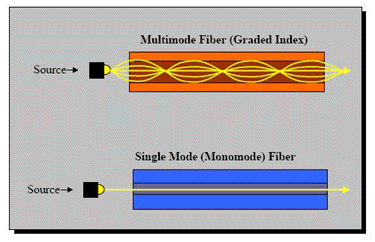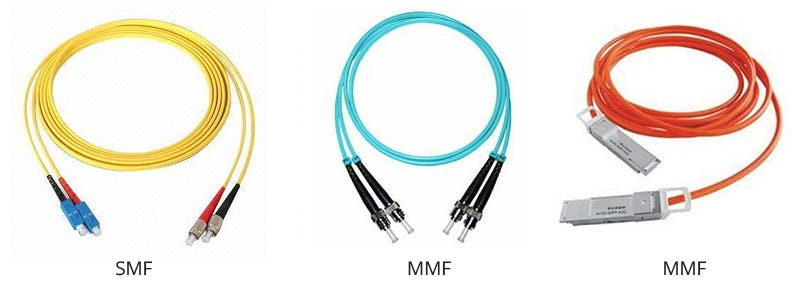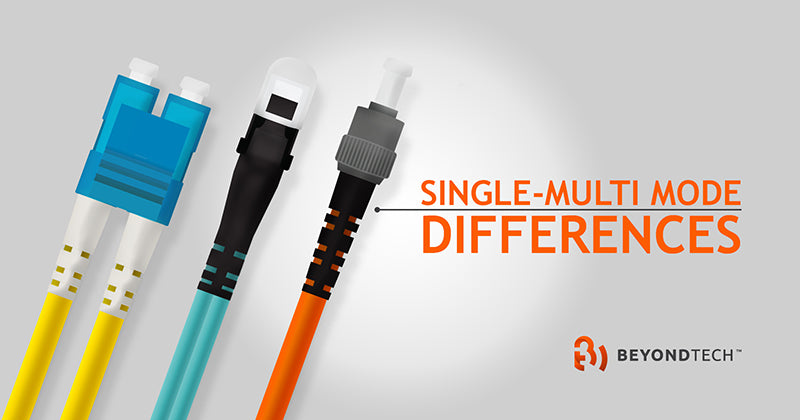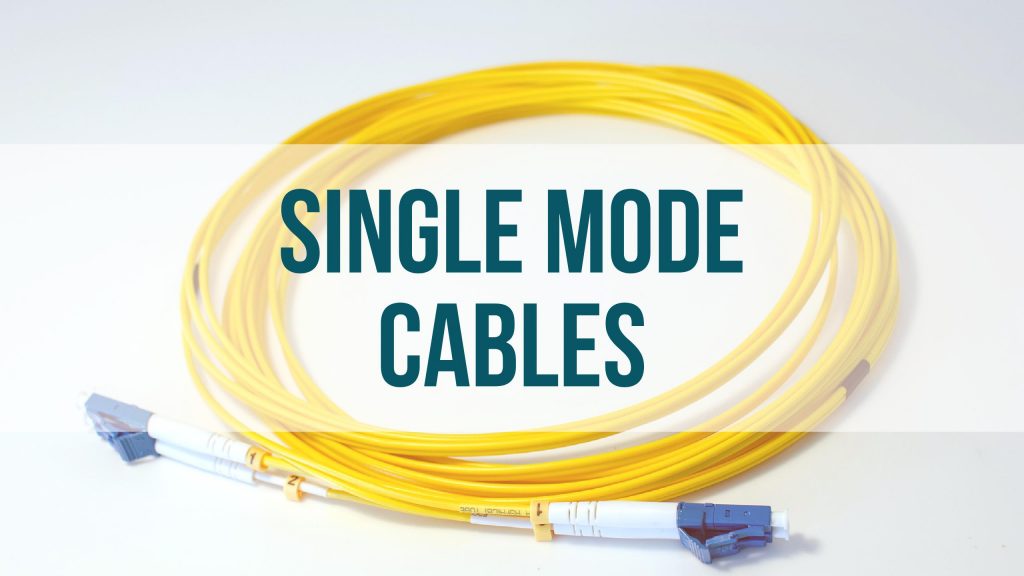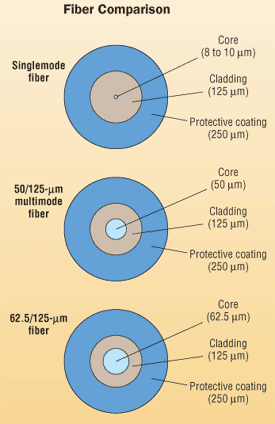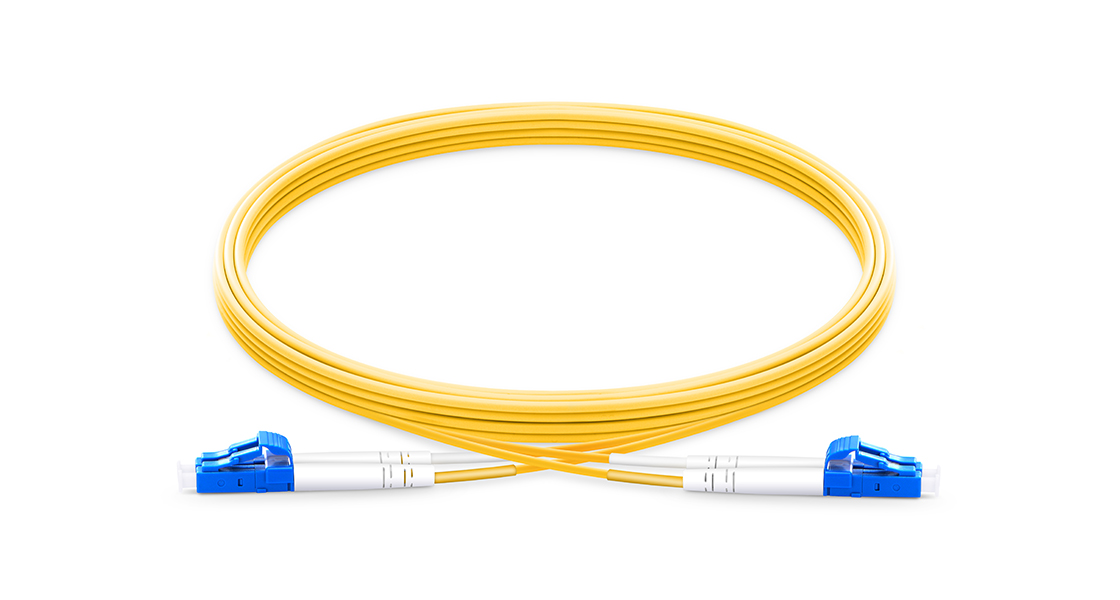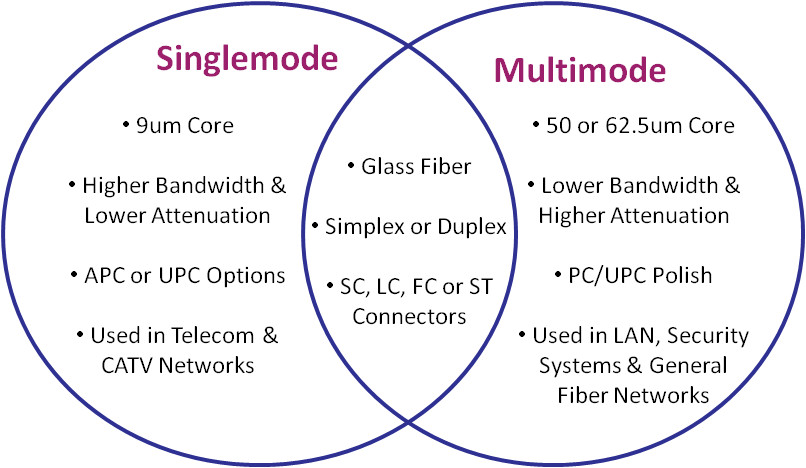Single mode fiber cable systems are usually more expensive even though the actual cost of single mode fiber cable is cheaper than that of multimode fiber cable in the market.
Comparison of single mode and multimode fiber.
This is coated with a pvc or lszh low smoke zero halogen sheathing.
This page on single mode vs multimode fiber describes difference between single mode and multi mode fiber systems the other difference between terms are also provided.
Multi mode fiber has a larger diameter core typically 50 or 62 5um.
We will see the differences taking into consideration various comparison factors of transmission system such as data rate distance attenuation time to travel and so on.
This is because it is the optics that dominates the total cost of a network system.
Single mode fiber cabling system is suitable for long reach data transmission applications and widely deployed in carrier networks mans and pons.
A single mode fiber is better for longer distances than a multimode fiber.
Single mode lasers are required to generate a narrow spectral width.
In comparison a multimode fiber is ideal for local networks due to its low cost.
Both fiber patch cords have the same basic structure.
Typical transmission speed and distance limits are 100 mbit s for distances up to 2 km 1 gbit s up to 1000 m and 10 gbit s up to 550 m because of its high capacity and reliability multi mode optical fiber generally is used for backbone applications.
A single mode fiber is uses a thinner core than a multimode fiber.
From the comparison single mode vs multimode fiber it can conclude that both single mode optics and multimode optics have their own features.
Multi mode fiber is used primarily for short distance narrowband applications such as ethernet and cable tv.
Multimode fibers have a greater bandwidth than single mode fibers.
The equipment used for communications over multi mode optical fiber is less expensive than that for single mode optical fiber.
